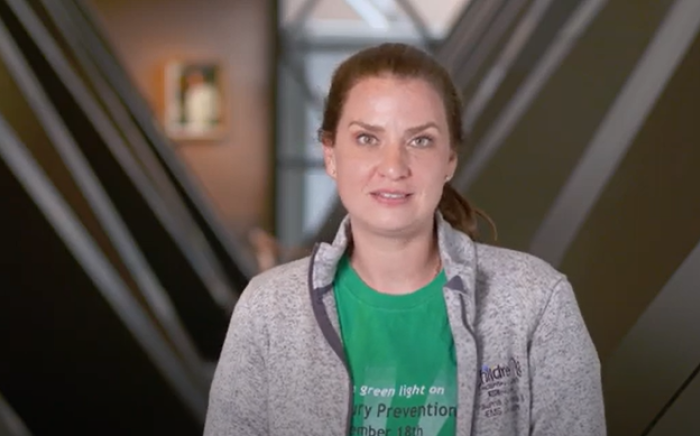Overview
Tibial torsion is an inward twisting of the shinbones. These bones are located between the knee and the ankle. Tibial torsion causes a child’s feet to turn inward. The child may look pigeon-toed. It is typically seen among toddlers.
Causes
Tibial torsion can happen because of the position of the baby in the uterus. It also tends to run in families. Typically, a child’s walking style looks like that of his or her parents.
Symptoms
The symptoms of tibial torsion may include:
- Inward-facing toes, or intoeing appearance
- Bowed legs
The bowed leg stance actually helps the child stay balanced as he or she stands. Balance is not as steady when the child tries to stand and walk with the feet close together or with the feet turned out. He or she may trip and fall.
Diagnosis
Your child’s healthcare provider can diagnose tibial torsion with a physical exam. During the exam, he or she may ask about your child’s birth and health history and if other family members have the condition. Your child probably will not need X-rays.
Treatment
Treatment will depend on your child’s symptoms, age, and general health. It will also depend on how severe the condition is.
This condition often gets better with time. As the child grows, walking will become more normal, usually around 5 to 8 years of age. If the case is severe, treatment may help straighten the shinbones. Treatment may include:
- Braces or special shoes
- Surgery
Key Points
- Tibial torsion is an inward twisting of the shinbones.
- This condition causes a child to have inward-facing toes and bowed legs.
- It may be caused by the position of the baby in the uterus.
- A physical exam can diagnose tibial torsion.
- Treatment is often not needed. The condition usually improves as the child grows.
Next Steps
Tips to help you get the most from a visit to your child’s healthcare provider:
- Know the reason for the visit and what you want to happen.
- Before your visit, write down questions you want answered.
- At the visit, write down the name of a new diagnosis, and any new medicines, treatments, or tests. Also write down any new instructions your provider gives you for your child.
- Know why a new medicine or treatment is prescribed and how it will help your child. Also know what the side effects are.
- Ask if your child’s condition can be treated in other ways.
- Know why a test or procedure is recommended and what the results could mean.
- Know what to expect if your child does not take the medicine or have the test or procedure.
- If your child has a follow-up appointment, write down the date, time, and purpose for that visit.
- Know how you can contact your child’s provider after office hours. This is important if your child becomes ill and you have questions or need advice.












